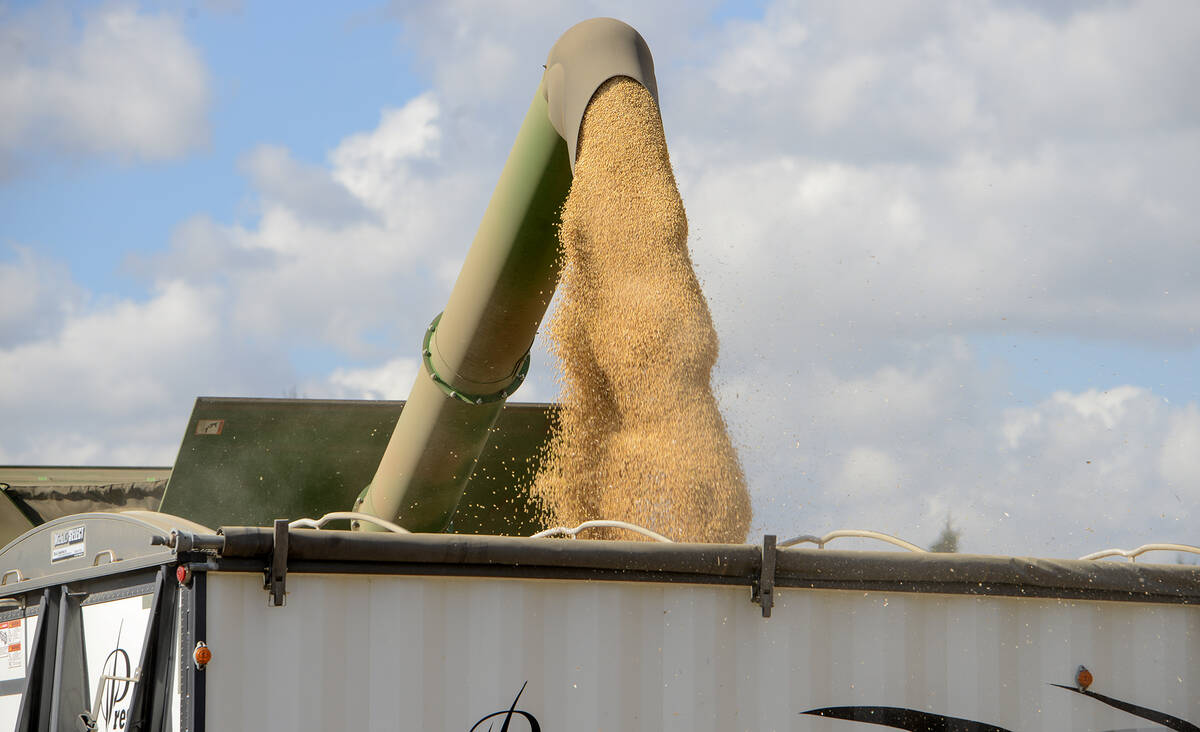Choppy trade with no real clear direction became the major storyline in the ICE Futures canola market heading into the end of 2022, as investors squared positions and looked to book profits. That’s normal for this time of year as participants head to the sidelines ahead of the holidays, but there are several factors to watch.
Fundamentally, canola crush margins have come off their highs but remain historically strong. The wide margins should keep end users in the market, especially on moves lower in the futures. Weekly data shows both export movement and the domestic crush running well ahead of last year’s level, but there’s still only so much canola to go around and demand rationing may need to intensify at some point.
From a chart standpoint, canola remains stuck in a broad range between $800 and $900 per tonne, with speculative and commercial money cycling in and out of the market as values gyrate within that range.
Read Also

Grain markets hungry for U.S. data
The U.S. government shutdown meant that futures markets were left without robust grain supply information
A move one way or the other is inevitable, but when that happens and what will provide the catalyst remains to be seen.
North America may be going through its winter dormancy period, but South America’s next crops are just being planted. Farmers in Argentina are wrapping up wheat harvests, with hot and dry conditions cutting seriously into yields. Soybeans and corn are typically planted in November through January and operations are running well behind normal this year as the dryness limits germination. Parts of southern Brazil are also on the dry side, but moisture conditions are generally more favourable there.
Any surprises in South American weather through its growing season could be the spark that moves the North American futures, including canola.
Soybean, corn and wheat futures in the United States all held rangebound during the week as well, lacking any major market-moving news.
Beyond South America, the ongoing war in Ukraine, shifting Chinese pandemic measures, worldwide inflationary/recessionary concerns, rising interest rates and volatile energy markets all have an influence on grains and oilseeds. Australia is also harvesting its wheat and canola crops now, with signs pointing to record large production.
Larger Australian crops should see that country be more competitive in the export market, which may limit some opportunities for North American grains and oilseeds.
















